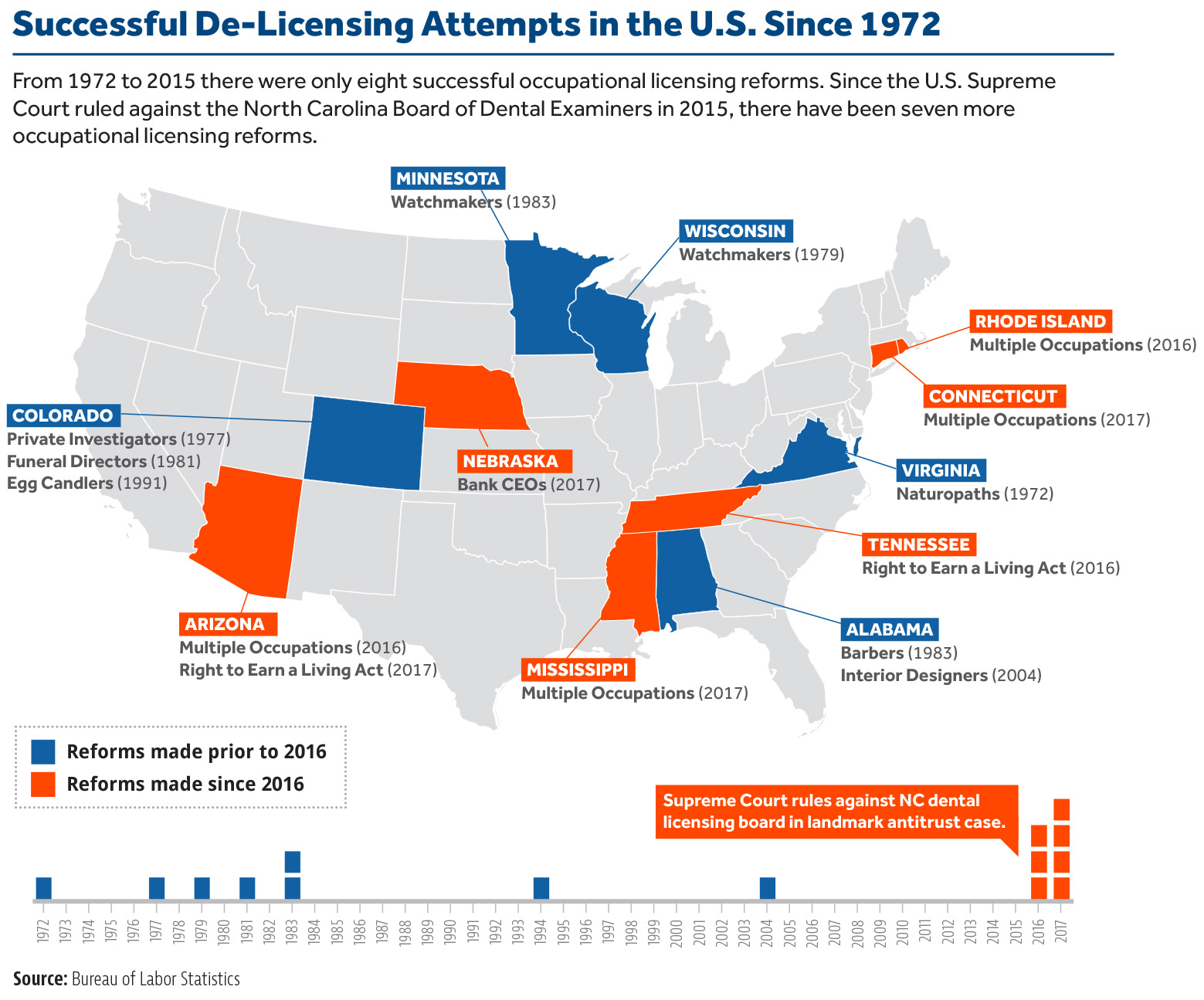I have good news. It’s news so ridiculously underreported that a recent Civitas poll Civitas’ poll found that 44 percent of North Carolinians believe the environment in North Carolina is less clean than it was 10 years ago.
Last year I updated the surprising charts from my report on The Market Forces Behind North Carolina’s Falling Emissions:
I’ve updated those numbers with the most recent data (through 2017). Here are my findings:
Emissions from electricity generation in North Carolina, 2000–17
- Carbon dioxide: down 37.5%
- Nitrogen oxide: down 74.2%
- Sulfur dioxide: down 91.8%
But it’s not just that North Carolina is seeing lower energy-based emissions. We’re doing this while continuing to be one of the nation’s fastest-growth states in terms of population.
So I was curious to see how emissions in North Carolina have declined on a per-capita basis. Here’s what I found:
Per-capita emissions from electricity generation in North Carolina, 2000–17
- Carbon dioxide: down 50.8%
- Nitrogen oxide: down 79.7%
- Sulfur dioxide: down 93.5%

So what’s happening? The reasons energy-based emissions have been falling all century in North Carolina and the U.S. are market-oriented, not government-driven:
- Technological change drives ever more efficient use of resources
- Consumer preferences favor less “carbon-intensive” goods and services
- An expanding service sector also results in lower emissions
- The fracking revolution has made clean-burning natural gas more price-competitive with coal, and electric utilities have increasingly opted for gas as a fuel source (and the other major market competitor with coal is nuclear, which has no emissions)



